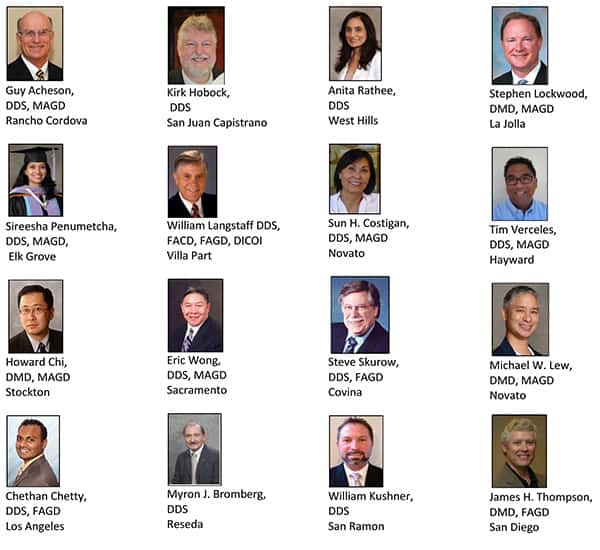GPNewsFlash October 2014
Categories: GPNewsFlash
- How has the AGD been supporting you to place implants?
- Advocacy simply starts by asking questions
- CAGD members in the AGD arena: Dr. Eric Wong upholds
the standards of the PACE process - CAGD’s GPNews (printed magazine, September 2014 issue)
is now available online - How does the AGD House of Delegates work?
Meet your CAGD delegates.
How has the AGD been supporting you to place implants?
In 2009, the AGD created an Implant Task Force (ITF) comprised of nine dentists with substantial experience in implant dentistry to formulate guidelines for educating dentists about safe and appropriate implant therapy. This task force was created when the California AGD’s Master track Director Dr. Richard Ringrose – who later served on this task force – alerted the AGD House of Delegates about the need to support general dentists as they integrate implants into their practices. Dr. Paula S. Jones, the president of AGD at that time, had the idea to form the ITF, asking Dr. John DiPonziano to chair it. The ITF then published the document “Educational Objectives for the Provision of Implant Therapy by Dentists” that:
- Provides educational guidelines for organizing implant courses
- Affirms the right of all licensed dentists to place dental implants after obtaining adequate training
- Helps differentiate between implant case types in terms of complexity
If you are planning to start placing implants, click on the image below to read about what you need to learn to become trained in both straightforward and complex cases:
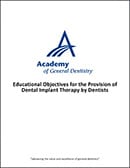
The California AGD is committed to providing you with the latest advances in implant-related therapies. The Southern California AGD implant courses date back to as early as the year 1970.
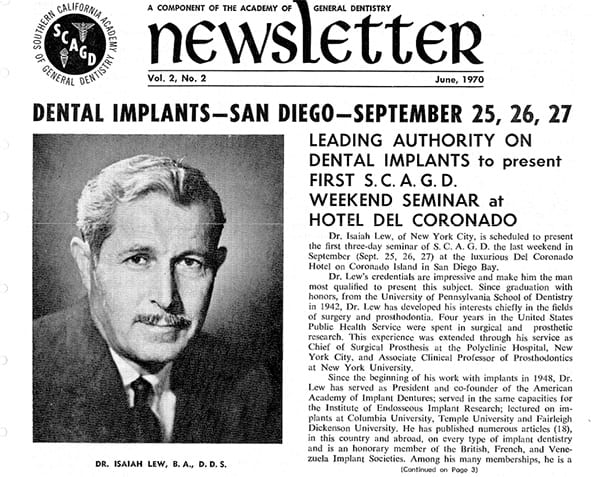
A 1970 implant course flyer
Join the California AGD at the upcoming Fall meeting in November and learn about “Fundamentals of Bone Grafting and Ridge Preservation for General Practitioners” by Dr. Mike Chen, a diplomate of the ICOI:
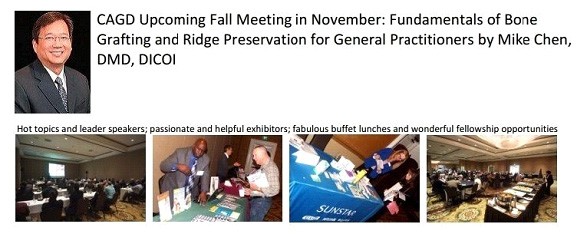
Keep checking the California AGD for more implant related courses at the annual meeting in January 2015 and a comprehensive implant continuum with hands-on and live surgery coming up in 2015.
Advocacy simply starts by asking questions
Read this sample letter sent to the Dental Hygiene Committee of California by Dr. Guy Acheson:
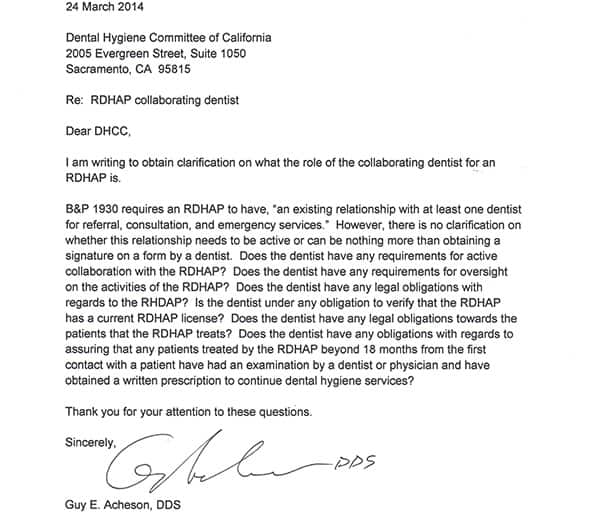
CAGD members in the AGD arena: Dr. Eric Wong upholds the standards of the PACE process
CAGD Past President Dr. Eric Wong – currently the chair of PACE council – shares his thoughts on “Upholding the Standards” of the PACE process and its benefits to members in the September issue of AGDImpact Newsmagazine. You can log into the AGD website and read Dr. Wong’s Article by clicking here.
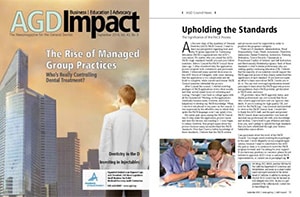
CAGD’s GPNews (printed newsletter, September 2014 issue) is now available online
GP News features clinical articles, upcoming and past CE course details, advocacy updates, news and events of the CAGD, local components, and student fellowship tracks at all California dental schools.
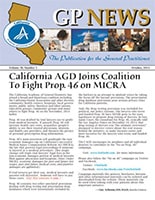
How does the AGD House of Delegates work? Meet your CAGD delegates.
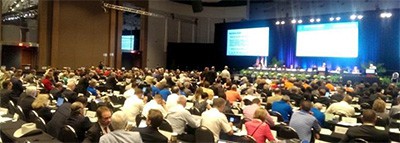
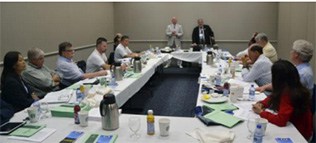
The House of Delegates (HOD) is the legislative body of the AGD. The HOD can amend the AGD Constitution and Bylaws, and determine the policies that govern the AGD in all its activities except those which are specifically delegated in the Bylaws to other AGD agencies.
The HOD 200 representatives act on behalf of the members within their constituents during the AGD Annual House of Delegates meeting each year. The first day of the AGD annual meeting is the opening session of HOD where all new policies and changes to existing policies are presented. During the second day, delegates from each region meet separately to discuss the proposed amendments. The HOD votes on all amendments on the third day during the closing session.
The number of delegates from each constituent correlates to the number of AGD members within that constituent. California, one of the 62 AGD constituents and with 2,176 members, annually sends 13 delegates and has 3 alternate delegates. Meet your delegates and alternate delegates:
